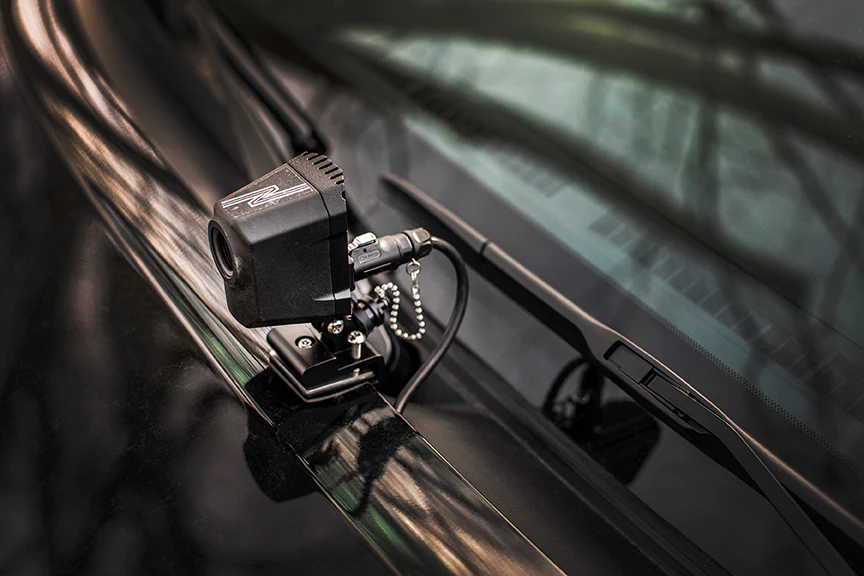Deer-Vehicle Collisions State Statistics
If you live in a rural or even suburban area, it’s likely you’ve had a few close encounters with deer while out driving somewhere. Hopefully, it was just that: a close encounter and nothing more. But unfortunately, there are many cases of deer-vehicle collisions each year. During the fall rutting period, especially, deer are on the move throughout the day and night. This is often when you start to see more deer lying alongside the road shoulders and is also when you need to be especially vigilant while driving. Here are a few statistics about deer-vehicle collisions across the country.
Deer-Vehicle Collisions
As mentioned, it’s fairly common in some areas for deer-vehicle collisions to occur. While driving down a rural road in the fall, it’s very unlikely you won’t see a pair of eyes on the roadside, reflecting your headlights. Deer often browse along roadsides where the vegetation is green, and will pause there just long enough to make you think they’ll stay put. But right as you pull up towards them, they can bolt into the roadway without a warning, directly into your vehicle’s path.

According to an annual analysis by State Farm, it’s estimated that between July 1, 2021 and June 30, 2022, there were almost 2 million animal collision insurance claims. Deer (e.g., whitetails and mule deer) represent the vast majority of the animals in that statistic, while rodents, dogs, raccoons, and unidentified animals round it out. While that figure is actually almost 200,000 fewer claims than in the previous annual analysis, it’s still a large amount. And keep in mind, that’s only the reported insurance claims – many minor accidents may not trigger a claim, and there are many, many more close calls. November, October, and December (in that order) are the months when drivers have the highest risk of deer-vehicle collisions. Overall, drivers in the U.S. have an average 1 in 115 chance of hitting an animal with a vehicle. That’s a fairly good chance if you think about it, but some states have it even worse.

For example, West Virginia continues to hold onto its title for the state you are most likely to hit an animal, with a driver having a 1 in 35 chance! Think of how much you have to drive to commute to work, bring kids to school, run errands, or visit family and friends. It’s hard to imagine how you could avoid deer-vehicle collisions at all with those kinds of odds. In the most recent data from State Farm, Montana was second in line, followed by South Dakota, Michigan, and Wisconsin. Table 1 below summarizes the statistics for the 15 highest-risk states.
| State Ranking | State | 2021-2022 Likelihood of an Animal Collision |
| 1 | West Virginia | 1 in 35 |
| 2 | Montana | 1 in 44 |
| 3 | South Dakota | 1 in 51 |
| 4 | Michigan | 1 in 51 |
| 5 | Wisconsin | 1 in 54 |
| 6 | Pennsylvania | 1 in 57 |
| 7 | Iowa | 1 in 57 |
| 8 | Mississippi | 1 in 60 |
| 9 | North Dakota | 1 in 68 |
| 10 | Wyoming | 1 in 68 |
| 11 | Minnesota | 1 in 70 |
| 12 | South Carolina | 1 in 71 |
| 13 | Virginia | 1 in 72 |
| 14 | Arkansas | 1 in 75 |
| 15 | Maine | 1 in 75 |
If you find your state on this top 15 list, you need to be especially careful while out driving. To avoid hitting a deer, it comes down to paying attention. More often than not, you’ll get a glimpse of them on the roadside before they cross your path. NightRide will help heighten your attention with vivid contrast in the thermal cameras. This will provide you with a clearer view of the road and your surrounding. Even so, slow down, move to the other lane if possible, and watch them carefully as you pass.

